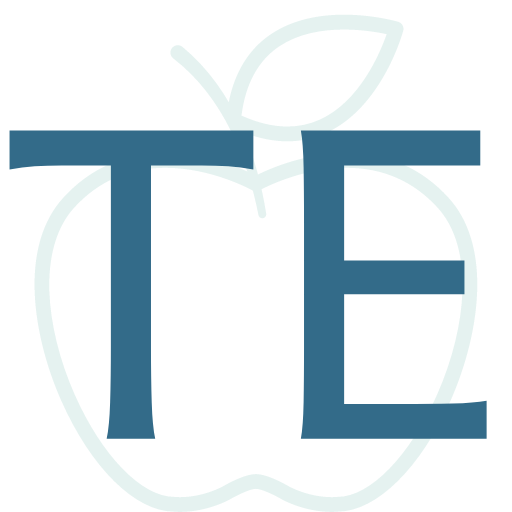This year has been a wild ride. As we have adjusted to online learning many of us (I’m right there with you) headed into crisis mode last March when we shifted to distance learning. Figuring out the logistics of technology, how to communicate, and how to build and maintain relationships was foremost. And, as we settle into our new normal (I’m still teaching exclusively in distance learning mode) I’m rediscovering how a lesson plan can universally guide us through our lesson - whether online, face-to-face, or in a hybrid model. While I still have my big overarching unit goals, I felt I needed to ground my daily lessons.
Good lesson planning is key to effective teaching and learning. In fact, just planning seems to be the key to success in life as we have heard among the many famous quotes, such as Benjamin Franklin’s “If you fail to plan you are planning to fail”. A good lesson plan provides the teacher (and the student) with a road map of not only the final destination but how they will get there.
As I adjusted to distance learning my main focus was how to keep students engaged, how to give them feedback, and how to assess their learning. These are all things that are important. But, my attention went from overall concept attainment to gimmicks and using just the right tech tool. After feeling like I was circling the heart of the matter (student learning) but never quite hitting it I went back to my trusty lesson plan.
A few years ago I designed a simplified version of templates suggested based on the work of Wiggins and McTighe, specifically in their book, Understanding by Design. When my lesson planning template and I were reunited I realized that sometimes going back to the basics helps you see things in a new light. Here are three steps I rediscovered about a simple (and solid) backward designed lesson plan:
Start with What you Want Students to Know and Be Able to Do
Before diving into a lesson plan and detailing the learning activities, clearly write out what it is you want students to know and be able to do. Sometimes courses are guided by official standards, and if this is the case, read through the standard and rewrite it in student friendly terms As a math teacher, the common core standards are pretty dense, so my individual lessons won’t usually cover an entire standard. Instead I tease out part of the standard and write a lesson for that specific part. Developing “what students will know and be able to do” is the most crucial, and sometimes the most difficult part of the planning process. Here are a few examples:
English Language Arts
Students will know the difference between fact and opinion.
Students will be able to, given multiple texts, differentiate fact and opinion.
Math (This is an actual snippet of a lesson plan I did last week)
Students will know the general shape of an exponential decay function.
Students will know how the transformation of an exponential decay function will affect the graph (vertical stretch/compress, reflection, horizontal/vertical translation).
Students will be able to graph transformations of a parent exponential decay function.
2. Draft assessment questions next
While the pushback to this is “I don’t want to teach to the test”, and you don’t, writing sample assessment questions will give you a clear destination that will help you develop activities to reach the destination. You aren’t teaching to a test, you are teaching to the end goal. Some people will write an entire assessment at this point, but in my daily lesson planing I give quick examples of what I would include in an assessment. To develop this I use the “what students will be able to do”, but give a little more context.
English Language Arts:
Given multiple media sources such as, podcast, newspaper article, opinion article, tweet, link to data and statistics, students will identify if the media source is fact or opinion and explain how they know.
Here is a math example (again, it may seem a little intense, but it is again from my lesson last week)
Students will be able to sketch transformations of a parent exponential decay function and show key points and asymptotes.
Once you have a description of what you would like on the assessment, writing the assessment flows easily.
3. Fill in the magic
This is often the most “fun” part of, this is where you get to let your teacher juices flow. Will you lecture? Do an activity? How will you guide students through their learning? This part of the planning stage you can map out your introduction/hook/anticipatory set (whatever descriptor you use for - how will you initially engage students). When planning activities keep in mind the ultimate goal - what you want students to know and be able to do.
Bonus: I also clearly plan out how I will check for understanding throughout the lesson. I don’t do this in a minute-by-minute outline, and I don’t usually script what I will say, instead I list way I will use formative assessment to inform me and students as to how they are progressing toward our lesson goal. I remind myself how I will check for understanding - short exit tickets, zoom polls (during distance learning), answers in chats.
How do you plan? Any tips or tricks? Leave them in the comments, I’d love to hear!
For more educators’ takes on this type of planning check out:


